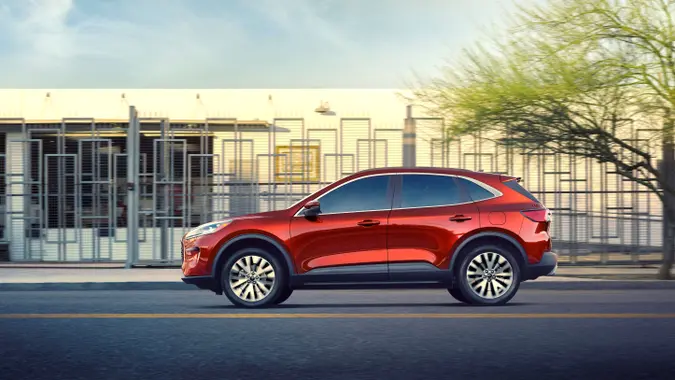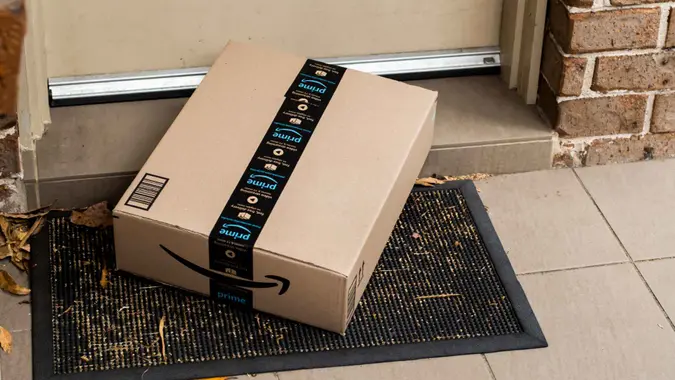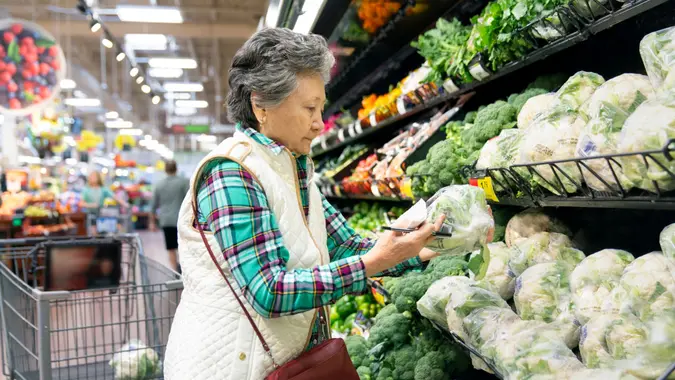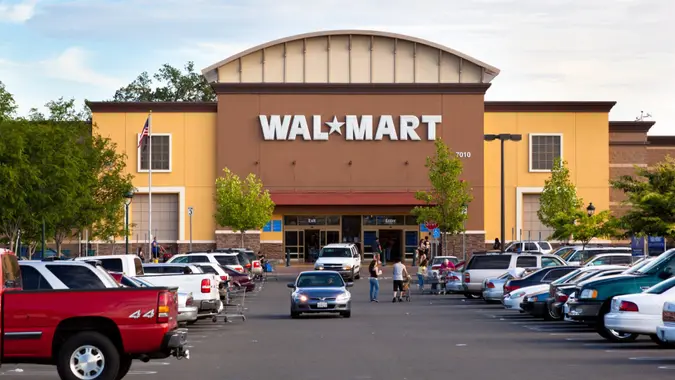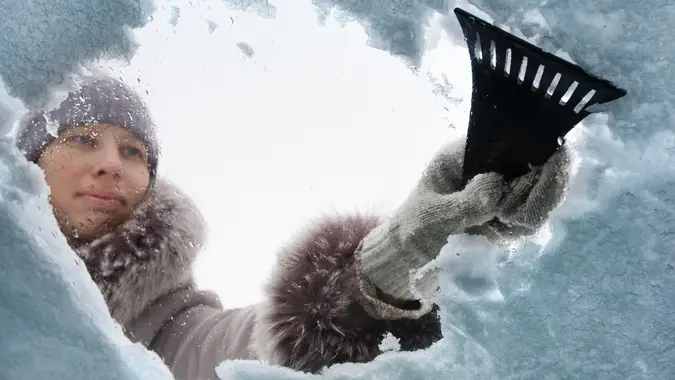Are Groceries Giving You Less for the Same Price? Biden Sure Thinks So

Commitment to Our Readers
GOBankingRates' editorial team is committed to bringing you unbiased reviews and information. We use data-driven methodologies to evaluate financial products and services - our reviews and ratings are not influenced by advertisers. You can read more about our editorial guidelines and our products and services review methodology.

20 Years
Helping You Live Richer

Reviewed
by Experts

Trusted by
Millions of Readers
“Honey, somebody shrunk the groceries‘”, is the consensus of how Americans have been feeling–expressing their confusion toward the size of certain products they had purchased in the past that have now been diminished to less product, with the same, or even higher price tag. This 2024 outrage became trending on platforms like Reddit and TikTok of people sharing their products to compare sizes from the past to the current size without a change in price–attempting to get some validation from the masses if what they’re seeing is true, or if it’s their eyes that are shrinking.
President Joe Biden also weighed in his frustration on the issue in a recent video, saying “What makes me the most angry is that ice cream cartons have actually shrunk in size, but not in price”. He also added, “I’ve had enough of what they call shrinkflation“. He is also considering supporting new legislative measures aimed at strengthening the Federal Trade Commission’s ability to conduct thorough investigations and impose penalties on corporate price gouging, particularly in the context of grocery stores.
So, is it true or some grocery conspiracy? Turns out these people, including the President, are correct, and guess what, it’s old news.
History of Size Cutting
From 2008 to 2018 (a massive era for shrinking product size), we saw these popular brands get cut-to-size, and have gotten more expensive since, without most of us probably ever even noticing: The famous Reese’s Peanut Butter Cups had a cut in 2011, with the pack going from 1.6 ounces to 1.5 ounces, which is a small difference, but without a change in price, expect customers to feel they’re getting scammed a bit. Wheat Thins family size pack had a drop from 16 ounces to 14 ounces, which is around 28 crackers that you lost while still paying the same price.
Here’s some other products that have been reduced during these years, mostly due to inflation being low, and therefore shrinking being used to cut corners and gain profit:
- Keebler’s Cookies: 11.3 to 9.75 ounces
- Folgers Coffee: 51 to 43.5 ounces
- Canned tuna fish: 6.5 to 6 ounces
- Skippy Peanut Butter: 18 to 16.3 ounces
- Doritos: 9.75 to 9.25 ounces
- And many-many more.
Today
As of 2024, shrinking products while not decreasing price or simply raising the price is a common practice among many companies. According to Ipsos‘s data, on average 33 countries have noticed their grocery products shrinking while prices remaining the same, and the 5 countries seeing the most impact are, “Great Britain (64%), France (63%), Germany (62%), Canada (60%) and the Netherlands (59%).”
Jun Yao, a marketing expert from Macquarie University in Australia who has delved into shrinkflation, notes an uptick in 2024 consumer awareness regarding this trend. He suggests that as unit pricing becomes more prevalent across both brick-and-mortar and online shopping platforms, people might start paying closer attention to product size variations. This increased vigilance, according to Yao, might help curb the tendency towards reducing product sizes. He warns, however, that persisting with such practices could lead to negative repercussions, potentially harming a brand’s reputation
What To Do
Companies do this because they simply can, and is mostly due to consumers looking a prices, and not at size, and is a huge reason that major companies thrive among lower known brands. These major companies will have a “low” price tag compared to the other products on the shelf and the consumer simply pick the less expensive option. But if you really looked at all the products on the shelf you may find a different story–a story that shows the more pricier ones get you way more bang for your buck in terms of quantity.
More From GOBankingRates
 Written by
Written by 







